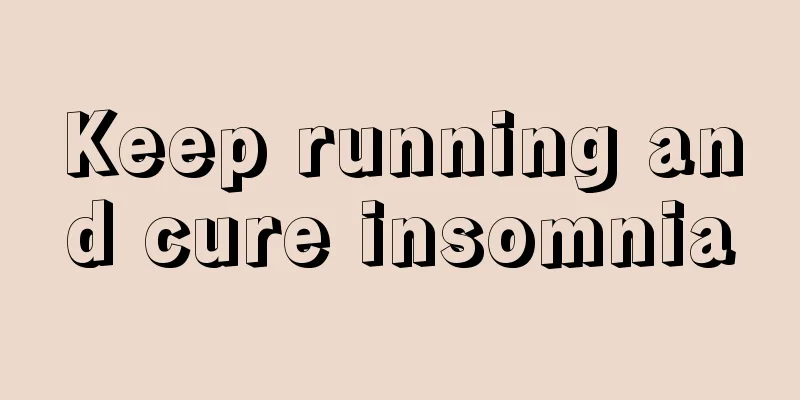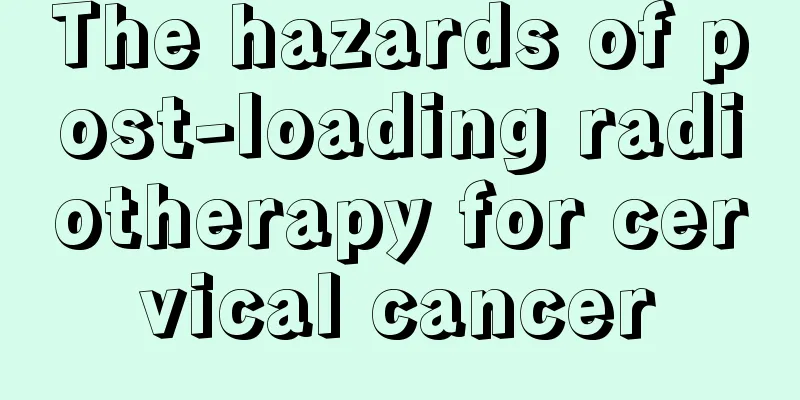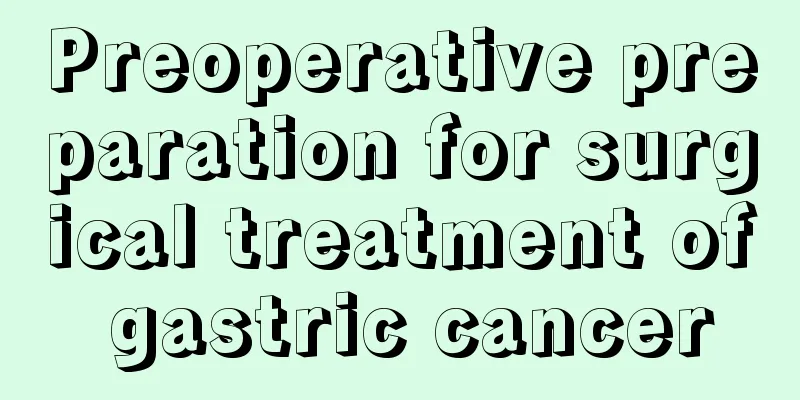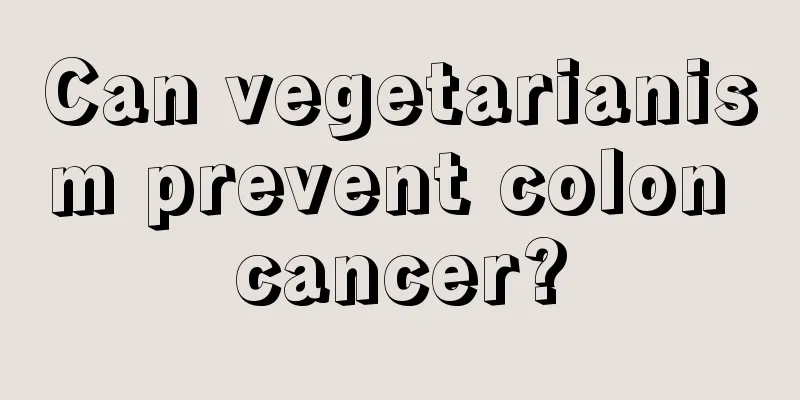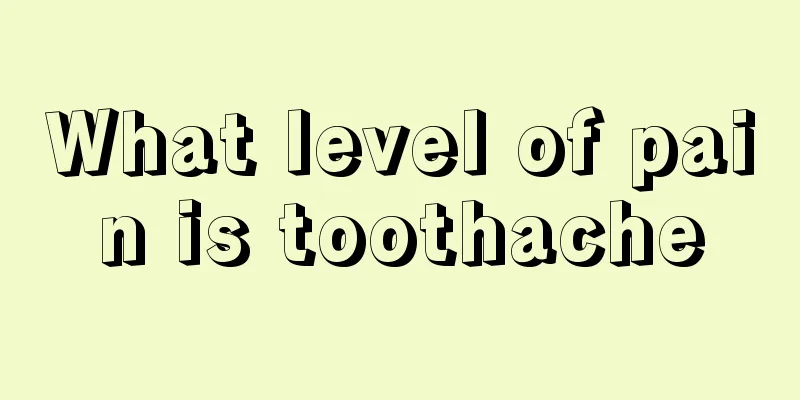What to do if you have levator scapulae strain?

|
The levator scapulae is a muscle located in the neck and shoulder area of our human body. This muscle plays a very important role in our human body. We need the help of the levator scapulae when doing pulling exercises, lifting things, etc. However, since we do not protect it well or lift heavy objects, etc., we may suffer from levator scapulae strain. We should actively take some measures to regulate it. So what should we do if we suffer from levator scapulae strain? The levator scapulae are located on both sides of the neck. The upper part of the muscle is located deep to the sternocleidomastoid muscle, and the lower part is located deep to the trapezius muscle. It is a pair of long strap muscles that originate from the transverse processes of the upper four cervical vertebrae. The muscle fibers run obliquely posteriorly, inferiorly and slightly outward, and end at the superior angle of the scapula and the upper part of the spinal margin of the scapula. It has the function of lifting the scapula and rotating it downward. Action: When nearly fixed, it lifts and rotates the scapula downward. When fixed at distance, one side contracts to flex the head to the same side and slightly rotate it; both sides contract to extend the neck. Levator scapulae injury Editor: Levator scapulae injury is a common clinical disease, but most of them are diagnosed as neck injury, back pain or cervical spondylosis, periarthritis of the shoulder, etc., which makes the disease difficult to cure. Acupuncture knife therapy has a good effect. Clinical data: 31 cases, including 9 males and 22 females; 26 cases of unilateral disease and 5 cases of bilateral disease; disease course ranged from 5 months to more than 10 years. The main symptoms are soreness, fatigue, and a feeling of heaviness in the upper part of the neck. Discomfort in the suprascapular area, often aggravated by fatigue or exposure to cold, discomfort in the neck, and a feeling of local stiffness when the neck is stretched to the side. Physical signs of lesions: A tight, cord-like muscle knot can be felt on the upper side of the neck, starting from the posterior and inferior part of the mastoid process and extending along the outer edge of the transverse process of the cervical vertebra. At the upper inner corner of the scapula, you can feel a rough muscle node that is extremely sensitive and causes severe pain when pressed. The lateral bundle of the lower neck muscle may reveal a cord-like knot upon closer inspection. The treatment method adopts comprehensive tendon regulation method, manipulation and acupuncture treatment, all of which focus on the starting and ending points of the tendon, that is, the treatment method of "left and right ends of the tendons" as the key acupuncture method. The acupuncture method is used to consolidate the focus and generally acupuncture is used. The amount of treatment depends on the condition and the patient's acceptance. Usually, one needle is applied to each of the three, on the left and right ends of the tendons and the middle of the muscle. For the simple localized type, use the combined force of the fingers of the "bow hand" and place the fingertip function of the thumb on the cord-like muscle knot formed at the starting point of the levator scapulae muscle on the outside of the neck, at a vertical angle, and apply the pressing and pulling techniques to treat; the patient often feels very comfortable, and then moves the treatment area to the lower outside of the neck, and uses the kneading technique on the outside of the neck muscle group. First, explore the knot-like structure in the muscle group, then slowly pinch the stiff muscle belly from the inside to the outside, and finally place the tip of the thumb on the inner side of the upper inner angle of the scapula, and use the plucking and cutting methods to treat the fascia attached to the insertion point of the levator scapulae. This point is very sensitive, so lighter techniques should be used to avoid serious sequelae. For patients with other cervical muscle strains, appropriate concurrent treatment should be given. Auxiliary therapies such as muscle relaxants, cupping, and hot ironing with Chinese herbal decoctions are beneficial to promoting the recovery of strained muscles and tendons and should be used in combination. |
<<: How to reduce shoulder muscles?
>>: What should I do if my shoulder muscles atrophy?
Recommend
How to quickly remove the odor of leather shoes?
In daily life, smelly shoes are a problem we ofte...
Is there any way to treat pancreatic tumors?
Pancreatic tumors are clinically divided into two...
Can I have a child if I have advanced liver cancer?
Liver cancer is the terminal stage of liver disea...
Sequelae of iodized oil fallopian tube radiography
In life, many couples who have not gotten pregnan...
What harm does uremia do to the body?
I believe many of my friends are very clear about...
What contains the most collagen protein
When it comes to collagen, most people are famili...
What are the benefits of red ginseng
Red ginseng is a very expensive nutritional suppl...
What are some tips for eliminating triple eyelids?
Eyelids are a type of tissue that maintains the i...
Is prostate cancer dangerous?
Prostate cancer is a relatively special disease, ...
What kind of measures are aimed at breast cancer health care
Among the many cancer diseases, breast cancer is ...
Early symptoms of nasopharyngeal cancer
Throat cancer is a common disease in life, but mo...
Can sugarcane really help sober you up
In our daily lives, many people often have social...
What to do if you inhale sulfur dioxide
If you inhale sulfur dioxide into your body, you ...
How to diagnose recurrence of nasopharyngeal carcinoma after radiotherapy
How to diagnose the recurrence of nasopharyngeal ...
Will sugar expire?
Sugar is a nutrient-rich substance that is essent...
